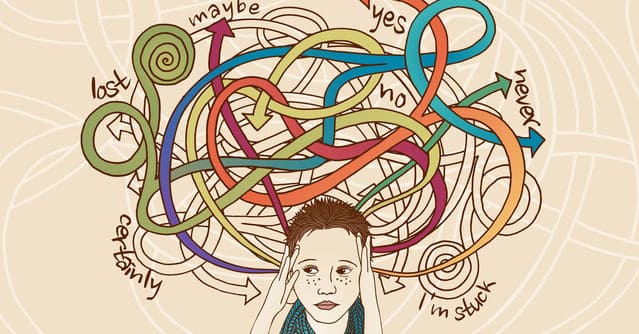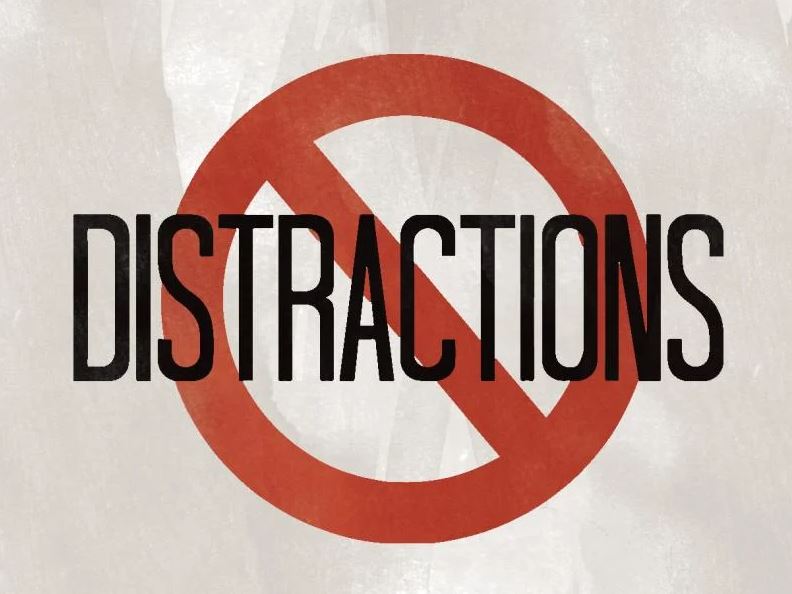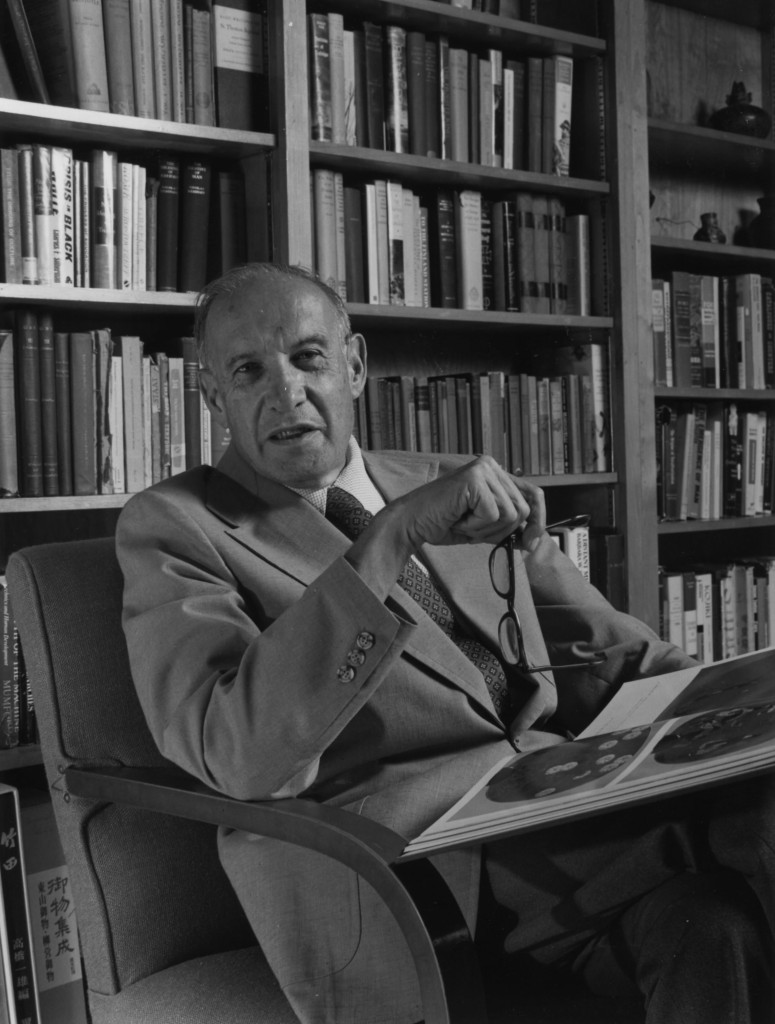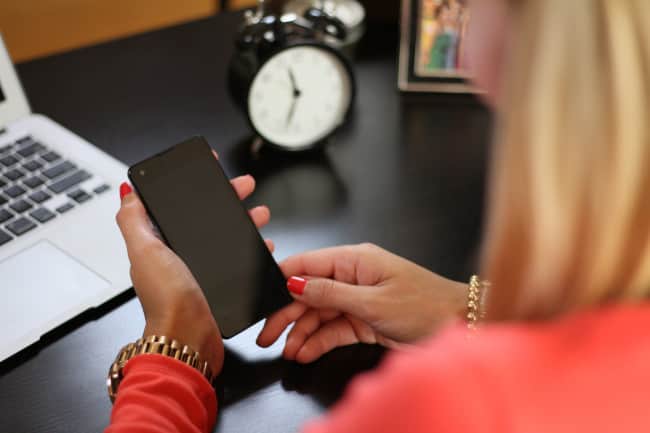Make an estimate on how many times you get Distractions At Work in a single way?
Now take that number and multiply it by 25.
That’s how many minutes of concentration you’re losing. It takes an average of about 25 minutes (23 minutes and 15 seconds, to be exact) to return to the original task after an interruption, according to Gloria Mark, who studies digital distractions at the University of California, Irvine.
Multiple studies confirm this. Distractions at work not only ruin your focus, but they also derail your mental progress for up to a half-hour afterward (that’s assuming another distraction doesn’t show up in that half hour).
In other words, that “30 seconds to check Twitter” isn’t just 30 seconds down the drain. It’s 25 minutes and 30 seconds.
And all these distractions not only hurt productivity but also have negative emotional effects. Distractions affect productivity a lot and many employees tend to ignore it.
“Our research has shown that attention distraction can lead to higher stress, a bad mood, and lower productivity,” Mark wrote in the New York Times, an idea based on a comprehensive study of email use, productivity, and stress.

You should avoid Distractions At Work at any cost in order to improve yourself and be more productive with your time. If you are an employer, you need to pay attention to your employee productivity in order to improve your company.
Distractions At Work: What You Aren’t Paying Attention To

Picture work distractions as mischievous gremlins lurking in your productivity path. They’ll pull your focus in all directions, making deadlines seem like elusive treasures. Yet, armed with clever time management and a “distraction shield,” you can conquer them and steer your workship towards success.
Let’s see how you can improve your productivity by ignoring the Distractions At Work but before that, I want to show you some common workplace distractions.
The most common workplace distractions are:
- Phone calls: You are working hard but suddenly, you get a phone call that isn’t very important. Try avoiding the cell phones at work.
- Office noise: Office noise such as music, office doors, or noisy co-workers is another big issue for your productivity.
- Frequent breaks: You are taking too many breaks during work and it is a big workplace distraction.
- Lunch break: It is different than a normal break but you taking way too much time to finish your lunch.
- Multi-tasking: If you are doing more than one task, it could cause problems with your productivity.
- Office Gossip: It is not a secret that more than half the staff loves gossiping during work and your co-workers want you to join them.
- Disorganized workplace: Your cluttered workspace is also another distraction at work.
These are the common distractions at work which isn’t no secret but don’t pay much attention.
Let’s learn more about distractions at work and how you can minimize distractions.
How distraction is measured

For Mark’s research, observers were sent to shadow knowledge workers at multiple tech and finance companies for three and a half days, Mark told Fast Company. Researchers logged each worker’s activities and timed every task to the second. They found people switch activities an average of every three minutes and five seconds. Of course, this was in 2004.
In a recent podcast with Aza Raskin, Gloria Mark shared more up-to-date numbers, and they are shocking:
“The most recent statistic we have is back from 2016 where people’s attention on their computer for any screen, the median length was about 40 seconds.” – Gloria Mark on the Undivided Attention podcast.
How much can you really get done with only 40 seconds of focus time?

They also found that about half the interruptions were self-inflicted. Working on a task and switching tabs to check Facebook, for example, is a self-inflicted interruption. As opposed to, say, a coworker walking over to discuss a project.
We are, essentially, playing tennis with our cognitive energies, volleying them back and forth at a moment’s notice. Only unlike a tennis ball, our brain takes a little time to switch directions. Bad workplace habits like this can spread, too, infecting everyone in the workplace before long.
In that same podcast, Mark also mentioned that the average person in their study checked their email 74 times a day, with some people on the high end of the spectrum checking up to 435 a day!
“Well, people have to cognitively reorient where they were, and this is an extra cognitive load because you have to recall, for example, where you were if you’re working on a document,” Mark said. “What was your train of thought before you got interrupted?”
And the problem isn’t just the time wasted. We’re sacrificing some of our best thinking.
“I argue that when people are switching contexts every 10 and half minutes they can’t possibly be thinking deeply. Mark said. “There’s no way people can achieve flow.”
Time and motion study can help you spot the opportunities for improvement. You can learn more here on this topic in our iDoneThis article which we published sometime back.
You are not the exception
Let me guess. You think you’re the exception, right? You’re the one special little snowflake who actually can multitask and manage distractions while staying focused? Careful with that kind of thinking.

The Legendary management consultant and author Peter Drucker warned against it in his 1967 book “The Effective Executive.”
“There was Mozart, of course,” Drucker wrote. “He could, it seems, work on several compositions at the same time, all of them masterpieces.
But he is the only known exception. The other prolific composers of the first rank – Bach, for instance, Handel, or Haydn, or Verdi – composed one work at a time.
They did not begin the next until they had finished the preceding one, or until they had stopped work on it for the time being and put it away in the drawer. Executives can hardly assume that they are ‘executive Mozarts.’”
Just to be safe, let’s all assume we’re not Mozart. So how do we stay on task and avoid getting sucked in to distractions?
Staying focused, the non-Mozart way
Start by setting aside uninterrupted blocks of time for focusing. Work on one masterpiece at a time. Even brilliant people need uninterrupted focus to do great work.
Granted, times have changed since Mozart’s era. Back then, you almost had to schedule in time for distractions.

“I’ll work all day and check the day’s mail at 3 p.m.,” the thinking went.
If you got in the zone on your work, you might just work all day and forget to check the mail.
Today’s problem is the opposite: If you don’t plan on getting in the zone, you’ll check your mail all day and forget to work.
Big problem.
At Intel, members of the Software and Services group noticed this problem coming up. They were concerned they weren’t getting enough time to think deeply, and creatively, about problems.
So managers instituted four weekly hours of “think time” that was scheduled and tracked on a shared calendar. During this time, employees weren’t expected to respond to emails or distractions that weren’t urgent.
The program had success early on, with one employee even developing a patent application, according to a Wall Street Journal report.
Wistia CEO Chris Savage has made a similar push to set aside time just for thinking. He had this to say about making the time for ideation:
“Ask yourself: Do you have enough time to invent the selfie stick? Or more importantly, do you have enough time to realize that you did? If not, no matter where you are in your journey, you probably need more time to think.”
Other ways to fight distraction
While there’s no question that rampant technology has caused its own problems to our focus and productivity. Links between technology overuse and an increase in depression are well-documented. However, technology can also be used to help us stay on track.

Consider how flush the market is with productivity software for the modern worker trying their best to stay focused. This is one of the best ways to reduce workplace distractions.
Browser add-ons like Citrus let you activate a customized filter that will block out the websites you’ve decided are too distracting for you when you’re trying to be most productive.
FollowUp is a web app that works with your Gmail and CRM account to create reminders and keep track of Email that could get lost or not “followed up” on due to distraction.
Productivity tools come in all shapes and sizes, for any job or task you can think of.
Are you an IT tech who gets distracted too often by authorization notices?
There are tools to help your productivity by automating things you don’t need to spend time on.
There are even apps that provide reminders to disconnect and meditate, which can help you center yourself after too many distractions.
Greatness through focus

It’s worth knowing the true cost of distractions. Try to fight it by planning time for distraction-free thinking and working. Let the people in your life and organization know what this time is for. Encourage them to do the same. You’ll get more important things done. You might not become the next Mozart.
But maybe the next Bach.
I hope you really liked our liked and you may have found this one helpful to avoid Distractions At Work.

